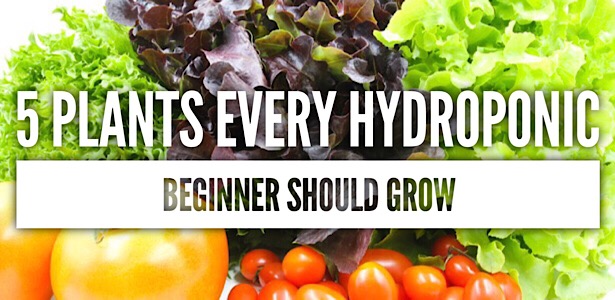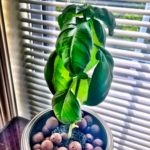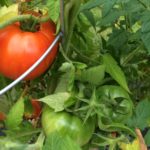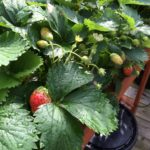Hydroponic gardens can give every household access to fresh produce — no matter your zip code or grocery budget. When you’re growing indoors, that access doesn’t depend on weather, soil, or trips to the store. You can grow food year-round, right next to your coffee pot.
Whether you want to eat healthier, make some extra cash, or just have more control over what’s in your food, hydroponics is a great place to start.
One of the questions I get asked the most is:
“What are the easiest plants to grow in a hydroponic system?”
For beginners, early success matters. You want something that grows fast, isn’t finicky, and makes you feel like a plant-growing genius. Here are five of the best starter plants for hydroponic gardening.

Leafy Greens
Leafy greens are your hydroponic best friend. They’re fast, low-maintenance, and happy in a variety of systems.
Greens like lettuce and spinach are ready to harvest in just a couple of weeks. And they’re not just for salads — they’re great in wraps, sandwiches, or piled high on a burger to make it look like a health food.
For larger setups, I prefer NFT systems, but ebb and flow works great too.
TIP: Leafy greens don’t need flowering nutrients — just stick to vegetative growth formulas and you’re golden.
Learn How To Grow Hydroponic Lettuce
My Top Pick | 100+ Reviews |
Herbs

If you love cooking, you’ll love growing herbs hydroponically. They’re quick to grow, take up very little space, and most don’t need anything fancy in terms of lighting or nutrients.
You can harvest herbs like basil, mint, and parsley a little at a time, which keeps them growing and producing more. If your system is indoors or on the counter (like an AeroGarden), you’ll have fresh flavor within arm’s reach.
If your herbs do flower (like basil eventually will), just switch to a bloom formula when the time comes.
Learn How To Grow Hydroponic Basil
Tomatoes

A tomato plant was actually the first thing I ever grew hydroponically. They’re great for learning how flowering and fruiting plants behave in hydroponic systems.
The nice thing is, tomatoes are forgiving. If you mess up a little early on, they’ll still likely produce fruit — just maybe not enough for salsa season.
Make sure to give them support. The weight of the fruit can easily bend or break branches if you don’t. I’ve had good success with bubble buckets and drip systems.
TIP: Choose determinate tomato varieties for smaller spaces. Indeterminates can become a jungle fast.
Learn How To Grow Hydroponic Tomatoes
My Top Pick | 1,400+ Reviews |
Cucumbers

Cucumbers are another water-loving crop that thrives in hydroponics and can crank out a serious harvest.
You’ll want to choose between bush and vining varieties. Vining cucumbers will need vertical space and a trellis or cage to keep them upright (and your system from becoming a leafy jungle gym).
Powdery mildew is the most common problem with cukes, even in hydroponics. I recommend going with a variety that’s resistant to it.
They grow well in a range of systems — I’ve used ebb and flow, Dutch buckets, bubble buckets, and even vertical towers.
Learn How To Grow Hydroponic Cucumbers
Strawberries

Who doesn’t love fresh strawberries? They grow fast in hydroponics, produce more fruit than soil-grown plants, and are easier to keep free from pests.
The only downside? I’ve never been able to grow them faster than I can eat them.
They do great in tower systems, gutters, and channels. Just make sure they get good light and stay supported.
Learn How To Grow Hydroponic Strawberries
In Conclusion
There are tons of plants that do well in hydroponics, but these five are the easiest to start with. They’ll help you learn how hydroponics works while giving you early wins (and fresh snacks).
Start simple. Gain confidence. Then expand your garden as you learn each plant’s quirks and nutrient needs.
Because nothing keeps you hooked like eating something you grew yourself — no dirt required.











